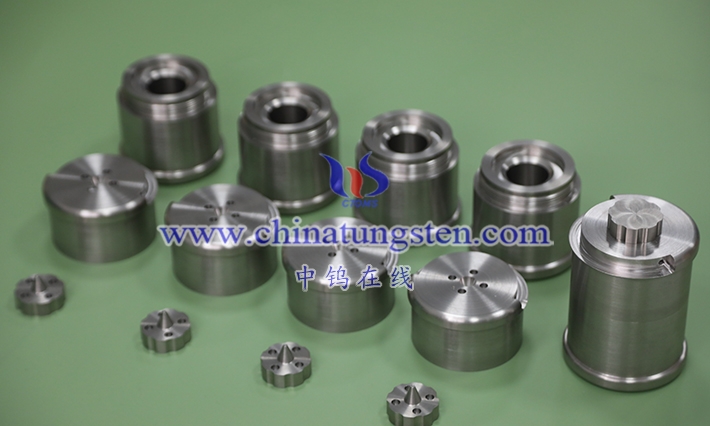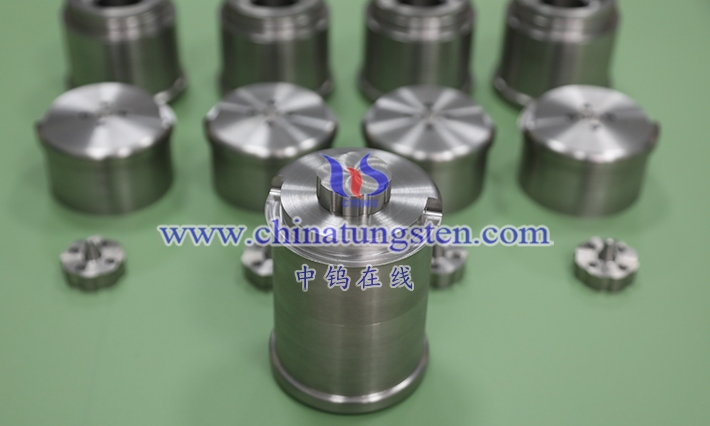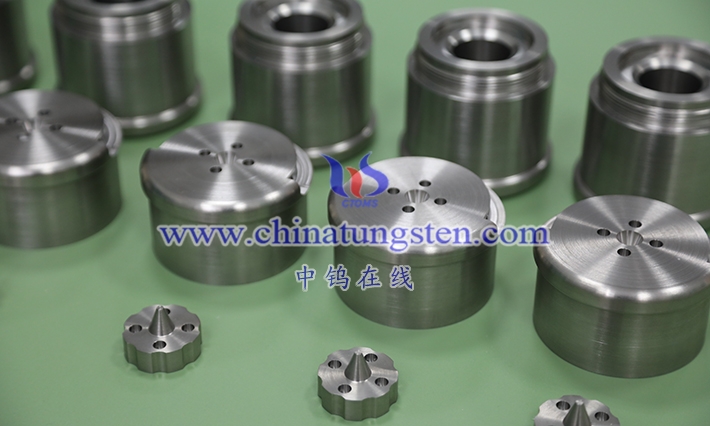Classifying tungsten alloy dart barrels by surface process divides barrel surface modification technologies into knurling texture, sandblasting treatment, coating reinforcement, ring groove texture, and smooth surface five major systems, forming a tactile and functional spectrum from high-friction granular sensation to low-friction mirror finish. Classification benchmarks include surface roughness Ra value, friction coefficient μ, texture durability cycles, corrosion-resistant layer thickness, and self-cleaning performance: knurling provides particle locking, sandblasting uniform roughness, coating low-resistance protection, ring groove sweat guidance, smooth slippery release. Classification process starts from player hand sweat pH and grip video, reverse matching process: dry-hand high-friction chooses knurling/sandblasting, wet-hand guidance chooses ring groove, neutral low-resistance chooses coating/smooth. Tungsten alloy high-hardness substrate supports all processes, powder metallurgy blank surface activated then receiving mechanical, laser, electrochemical, vapor deposition. In application, players mix-match by environment and style: indoor dry chooses knurling, outdoor humid chooses ring groove, rapid successive chooses smooth. Manufacturers reserve process zoning templates, supporting same barrel multi-zone composite, e.g., front knurling mid smooth. Environmentally, all process waste liquids closed-loop, coatings stripped tungsten substrate fully recycled. Overall, surface process classification transforms microscopic texture into macroscopic grip language, building “one person one sensation” tactile ecology, ensuring players read initial feedback signals after million throws, advancing darts from tool to human extension evolution.







